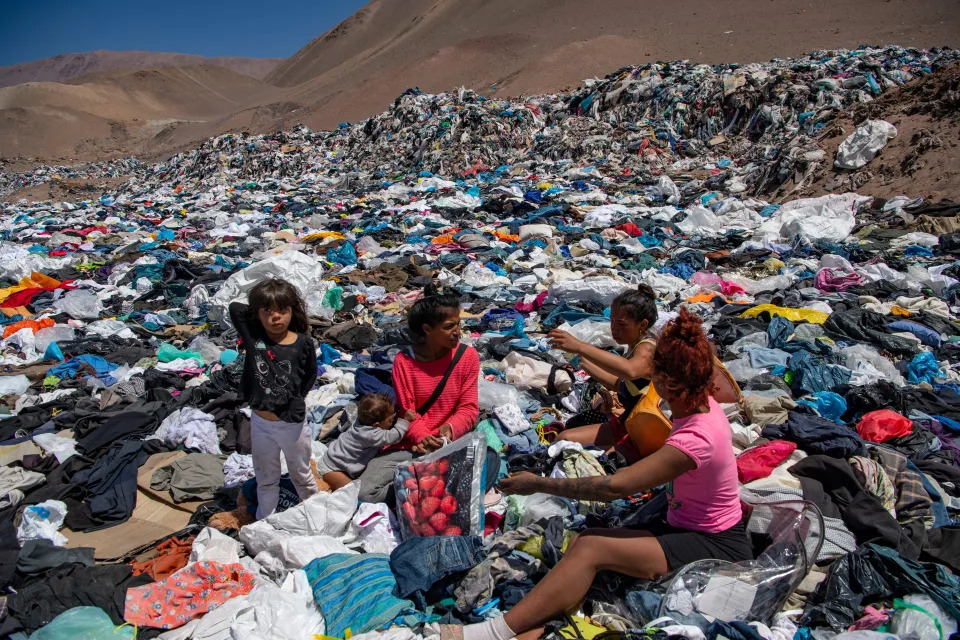
Sawdah Bhaimiya
Mon, May 22, 2023
Elon Musk is being criticized for calling remote work immoral.
Redditors nicknamed the billionaire "Karen Musk" and say his comments are out-of-touch.
Musk previously asked both Tesla and Twitter employees to return to the office.
Elon Musk is getting flack for his latest comments disparaging people for working from home with one Reddit thread dubbing him "Karen Musk," as an insult.
The billionaire recently said remote work is "morally wrong" in an interview with CNBC, adding that remote workers need "get off the goddamn moral high horse with the work-from-home bullshit because they're asking everyone else to not work from home while they do."
The Reddit Thread, which links to a video accusing Musk of being out of touch with the average Joe, is titled "Karen Musk: Working from home is IMMORAL!" The name "Karen" is a moniker used to refer to white women who are thought to be acting inappropriately or who are perceived as entitled.
It's now being used to insult Musk who is the owner of five companies including Twitter, Tesla, Neuralink, SpaceX, and The Boring Company.
One Redditor said that remote working "allows companies to not have a large real estate footprint, while employees spend less time in traffic reducing carbon footprint. This is all immoral coming from a guy who's trying to "save the world" with his EVs?"
Another mocked Musk by saying that it's "immoral to work in an office if the company isn't paying rent," referring to reports that Musk hasn't paid rent to the landlords of some of his offices.
Musk was previously referred to as a "Karen" in insults that were projected onto the side of Twitter's office building in San Francisco a few weeks after he bought Twitter in 2022.
These messages appeared just hours after Musk gave company employees the ultimatum to either quit or join his new "hardcore" Twitter 2.0.
Musk has always taken an extreme stance on remote working across his various companies including ordering Tesla workers to return to the office or quit in June 2022, and then later ending Twitter's flexible working policies by calling staff back to the office 40 hours a week in November.























